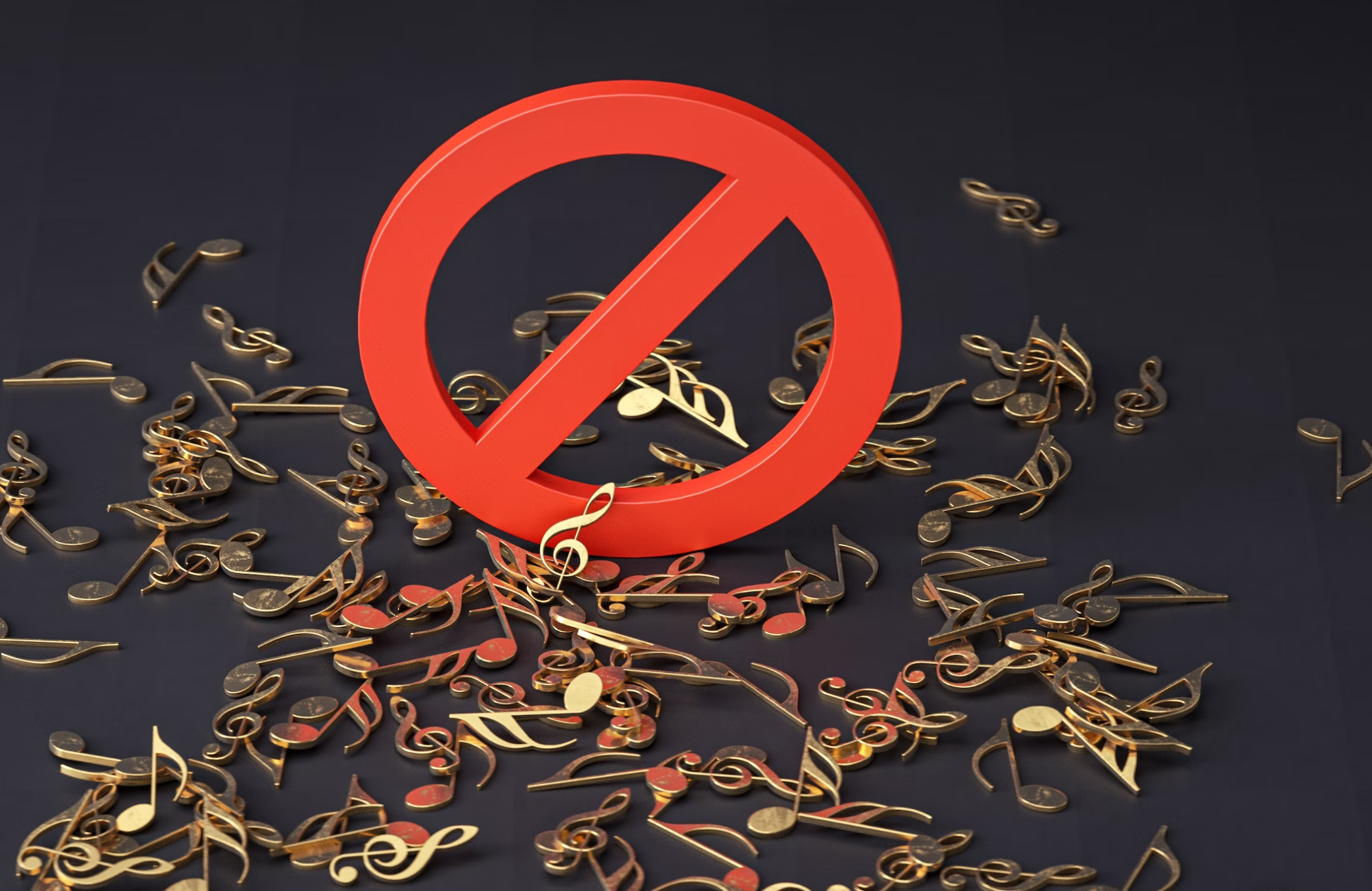The Essentials of Fair Use for Content Creators
Learn Fair Use guidelines for video content creation. Understand how
About the Author
American entrepreneur, co-founder and Co-CEO of Slip.stream. He is the former co-founder and COO of Jingle Punks Music. He has been featured in Billboard, Variety, and Business Week
Decode the Nuances of Commercial Fair Use for Video Content Creation.
Fair Use is a legal doctrine that allows the use of copyrighted material without permission from the copyright holder in specific circumstances. These circumstances involve limited or "transformative" uses, such as for education or commentary. Many uses of copyrighted materials, like music, do not fall under these categories.
When it comes to copyright infringement, commercial and non-commercial content is viewed differently through the lens of Fair Use. For example, non-monetized content made with the intent to educate is viewed favorably in copyright infringement cases.
Often times the definition of Fair Use is difficult to interpret due to a deliberate lack of definitive guidelines. Because of this, it can be tricky for commercial creators and brands to understand its nuances.
In general, commercial Fair Use can be broken down into two main categories.
Commentary/Criticism
Fair Use principles enable individuals to comment on or criticize copyrighted material and incorporate portions of it into their content. This allows the public to benefit from the use of the content and engage in the sharing of ideas.
This might include:
- Using a brief sample of a song in a podcast about music production
- Using a photo from an album cover for a review of the band's music
- Citing excerpts from a novel in a book review
- Quoting a few lines from a song in an article about the artist's life and career
In these cases, the creator would be protected by Fair Use law under most circumstances.
For example, Screen Rant regularly posts copyrighted clips from movies and TV shows like this review of the new Netflix series Wednesday, without violating copyright.
This review falls under the Fair Use category of commentary or criticism and is considered to be transformative. It takes the original work (clips from the TV show) and uses it to create something new and different.
Parody
A parody is a type of content that takes elements from another work, using them in a humorous or satirical way. Unlike other types of Fair Use, parodies are allowed to extensively call on the original content to recreate it in a comedic form.
It should be noted that courts are more likely to rule in favor of Fair Use if a parody is made to provide social commentary rather than for pure commercial gain.
Although parodies are not considered copyright infringements on YouTube, in reality, parody creators can still be sued over copyright-related issues by publishing videos on YouTube. Creators need to be extremely careful about the actual content in the parody to make sure it is under fair use.
Parodies also face platform policy change as well. Great parodies are expensive to make, however, in 2019 YouTube stopped monetization of parodies, which caused the famous Bart Baker, a parody content creator with over 10M followers at the time, to pause his parody production on YouTube. He then later moved to China and become a creator of Douyin or Chinese TikTok.
Fair Use on Major Platforms: Twitter and YouTube
Although major video platforms like Twitter and Google provide Fair Use policies, they don't provide a lot of clarity.
For example:
Twitter's Fair Use policy states that “Fair Use determinations are made on a case-by-case basis, and there is no clear formula to determine whether a use may be found to be fair.” Similarly, Google recommends creators seek legal advice before uploading videos containing copyrighted materials.
Big platforms do all have one thing in common, which is that they let the court determine whether the use of copyrighted material falls under Fair Use. That said, determining Fair Use is a huge challenge, and there are always risks involved in using copyrighted content.
It should be noted that all major platforms have sophisticated algorithms in place to manage copyright, which is impossible to evade. YouTube’s Content ID system automatically detects copyrighted material and gives copyright holders the option to block, monetize, or track the use of their content.
If your content includes copyrighted material and doesn't fall under the guidelines of Fair Use, you will lose monetization on the video at best, and receive a strike or ban on your account at worst.
Copyrighted Music Under Fair Use
When it comes to music, Fair Use usually won’t protect you from copyright infringement. Music tracks in video content are not covered by Fair Use unless the content falls under one of the categories above. In almost every circumstance, platforms will punish creators using copyrighted music with demonetization or copyright strikes. Creators shouldn’t count on the fair use policy to get away with using copyrighted music.
In the new digital world, Ad campaigns overlaid with sounds increase brand favourability and purchase intent. In one survey, more than 73% of TikTok users said they would pay more attention to Ads with audio. 90% said that sound was essential to their experience on the app.
So, it’s difficult to excel as a brand or monetized creator on these platforms without using music to enhance your content. But what can you do when trending sounds feature copyrighted music owned by powerful production studios?
Most creators opt to use Royalty free music in their video content, and completely evade the legal troubles surrounding licensed music.
Why Use Royalty-Free Music as a Creator?
Using copyrighted music in your short or long-form video content is never a good idea and can result in your content being taken down, or in more severe consequences like a demonetization, copyright strike, and account termination.

Creators instead opt to utilize Royalty free tracks in their long and short-form video content.
To sum up, creators intending to create and monetize content that is not commentary, criticism, or parody, should think twice before using copyrighted music as there is always high risk involved.
Read more
